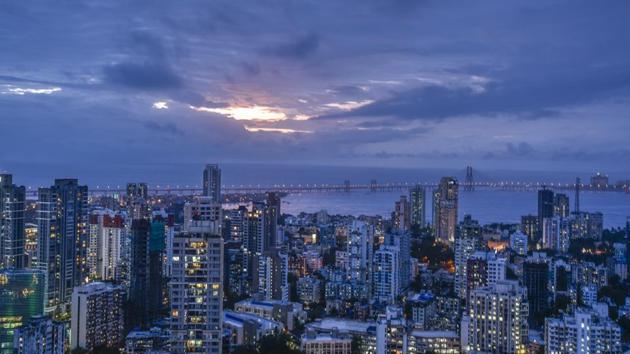India’s demographic divide is not just north-south, it is happening in the west, east and north
In the coming decades, the divide will no longer be north-south, but more complex, demarcating the eastern, western and northern states from the fast-growing central states.
India’s southern states are opposing the Terms of Reference (TOR) for the 15th Finance Commission. In the last Commission, the state’s population in the 1971 census, in proportion to the national total, was used to decide its share of national revenue. The TOR for latest Finance Commission, whichwill recommend plans for the five years starting from April 2020, suggests the adoption of the 2011 census to decide the share of revenue. India’s southern states are opposing this, fearing that their slower demographic growth and the subsequent drop in their share of the national population will entitle them to a smaller share of revenues.

Since 1971, the states in the south have witnessed a demographic revolution, which started first in Kerala and Tamil Nadu and later covered Karnataka, Andhra Pradesh and Telangana. Till the 1970s, population growth was relatively uniform and high throughout the country. A study of the country’s decennial census illustrates this. Between 1961 and 1971, 21 states had population growth between 20% and 30%, 13 states saw a population growth of over 30% and only one state witnessed a growth less than 20%. The picture changed dramatically in the next four decades. The 2011 census, the latest, revealed that between 2001 and 2011, only 13 states had a decennial population growth of between 20 and 30%; in 15 states the growth was between 10 and 20% and in four states, the growth was less than 10%.
The population growth in two states on opposite sides of the demographic line explains the divergence. In the decade between the 1961 and 1971 census, Kerala and Bihar had similar rates of population growth. Kerala, benefiting from growing access to medical care and subsequent drop in infant mortality and other gains in life expectancy, saw a population growth of 26.29% during 1961-71. Bihar’s population grew by only 20.9% during this period. Between 2001-2011 Kerala’s population growth fell to 4.86%, while Bihar’s numbers grew by 25%. The country’s population grew by 17.64 during this period. So, demographically, Bihar is four decades behind Kerala.
Similar changes in other southern states have resulted in a drop in their share of the country’s population. In 1971, the four southern states – including undivided Andhra Pradesh – had 134 million people, or 24.8% of the country’s 540 million population. In 2011, the population of the five states in the south had grown by 86% to 250 million (the country’s population was 1210 million), but the population in the rest of the country grew from 406 million to 960 million – a growth of 136%. The southern states’ share of the national population declined from a quarter (24.8%) to a fifth (20.66%) between 1971 and 2011.
New sets of data show that India’s demographic divide is no longer a north-south story. States in the country’s west, north and east will replicate the south’s demographic performance in the next decades. The Sample Registration System (SRS), which uses dual sets of data, including numbers on birth and deaths collected by local administrative bodies, to arrive at more continuous data – as compared to the decennial census figures – predicts these trends. According to the United Nations Population Division, a Total Fertility Rate (TFR) - the number of children born per woman - of 2.1 is called Replacement-level fertility, which if maintained for a few decades, will lead to a stable population. A TFR of less than 2.1 will eventually lead to population decline. SRS data indicates that Andhra Pradesh, Telangana, Tamil Nadu, Karnataka and Kerala have fertility rates of 1.7, 1.7, 1.6, 1.8 and 1.8. Bihar has a fertility rate of 3.3, Uttar Pradesh 3.1 and Madhya Pradesh 2.8.
This data is not surprising. What is remarkable is the information from other states scattered across the country. West Bengal’s fertility rate is 1.6, the same as Tamil Nadu. The fertility rate in Punjab (1.7) and Jammu and Kashmir (1.7) is similar to that of Telangana and Andhra Pradesh. Maharashtra (1.8) and Uttarakhand (1.9) is similar to Kerala and Karnataka. It is inevitable that these states will witness the same demographic changes as those in the south, resulting in a shrinking share of the country’s population.
In the coming decades, the divide will no longer be north-south, but more complex, demarcating the eastern, western and northern states from the fast-growing central states.



